The Wonderful Food Stylings of Randy Mon
A few weeks ago, I got a lovely piece of mail from a food stylist that I hadn’t known before. Actually, I had known him from his amazingly beautiful stylings in magazines like Sunset among countless others. In fact, you have most likely seen Randy Mon’s work before too without knowing it. Such seems to be the life of food stylists, staying hidden behind the scenes. After my jaw nearly dropped to the floor after seeing even the first shot on his portfolio of the most luscious looking radishes and herbs I’ve ever seen in my life, I quickly popped off a response to him to see if I could coax him to take a few (or more) minutes to share a little about himself with me and you guys. Amazingly, he generously obliged and not only sent me along a fantastic interview with wonderful insights into how he works… but also a lovely handful of photos showing his excellent work.
So, with that, here’s my virtual interview with Randy for you all to enjoy!
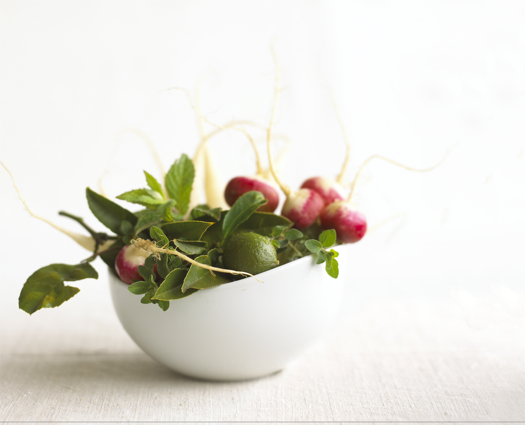
L: I love that you describe yourself on your about page as “a weird kid” who sculpted scrambled eggs and made dried fruit portraits. Thank goodness your had a friend who suggested you go into styling! Once you had that idea planted in your head, how did you make it happen, and get your first break into the industry? What was the project, and how did it go?
Randy: My friend’s exact words were, “there must be someone making that McDonald’s hamburger for the ads, and getting paid well to do it”. We were standing in a trailer park in Aspen, Colorado. A light went off, dark clouds of depression lifted, there may have even been an actual snap of the fingers. “That’s it; that’s what I really want to do,” I thought.
Despite this epiphany, I still floundered for a few more years. In fact, I suffered terrible career crisis blues throughout my 20’s even if I was preparing perfectly for my ultimate career, all along, without knowing it. After only a couple of years of college, I worked in a multitude of restaurants, upscale Chinese, Italian, Indian, a sushi bar, a famous New Your deli restaurant… you name it. I usually waited tables, but I was sincerely interested in the food, and I always could cook what I saw being made in the kitchens. I also did my own catering jobs, but I knew I didn’t want to be a waiter, “when I grew upâ€, and I knew I didn’t want to be a caterer.
I began taking snap shots of my own meals using a tripod and my first SLR, which was helpful, and eventually after returning from Manhattan to my native San Francisco, I contacted established food stylists and began assisting. Simultaneously, I was working with aspiring photographers on test shots for our mutual portfolios. Eventually I had a few decent images to show, some technique under my belt, and the confidence, to print a business card and promote myself.
My first paying job as a full-fledged food stylist was a shrimp tostada bowl, shot for a small local Mexican restaurant chain. Imagine my disappointment when the image appeared on the coupon flopped 180 degrees. Though I’m sure no one else could tell, the garnished plate just didn’t look right to me.
Landing steady work at a large studio that shot Macy’s newspaper inserts on a daily basis also helped me transition from assistant to primary stylist. A steady diet of arranging and accenting kitchen appliances and cookware sets, though boring at times, taught me a lot about photo composition.
You’ve now been styling for quite a while… how has the industry changed? Is the work you are doing now much different than what you were doing 20 years ago?
Dramatically. When I started out, naturally it was pre-digital; food was shot on
4×5 or 8×10 film. Retouching was expensive, and almost never a part of the budget. We would save hero plates of food until the film came back from the lab, and quite frequently we would have to re-shoot something from earlier in the day, for crazy reasons. Maybe there was dust on a knife, or a Polaroid accidentally was left on the set within the frame.
Styles were also very different. Focus was invariably sharp throughout, and food was often shot in implausible settings, perhaps on a glossy black surface or plate; that was considered contemporary. Rusted metal surfaces though not the most appetizing setting for food, for a time, also seemed quite in vogue. Even for editorial shots, we prepared food in a stiffer less natural manner, usually cooking each ingredient separately and then reassembling the various components on the plate.
I also had to endure the extremely popular, but often distasteful, Hosemaster craze. For those of you who don’t know, Hosemaster, was/is an expensive fiber optic light painting tool, that, for a time, every photographer and their mother felt compelled to own and operate. It made food glow. Each exposure could take as much as a minute or two, and required photo assistants to often act as recording secretaries, jotting down each step of the procedure. Imagine all of the perfect cilantro garnishes I had to replace, once they died, for ones that were maybe not as good.
The current trend of natural light, selective focus and plausible environments, is having a good run, and I couldn’t be happier or more comfortable. It’s hard to imagine what the next phase might be.
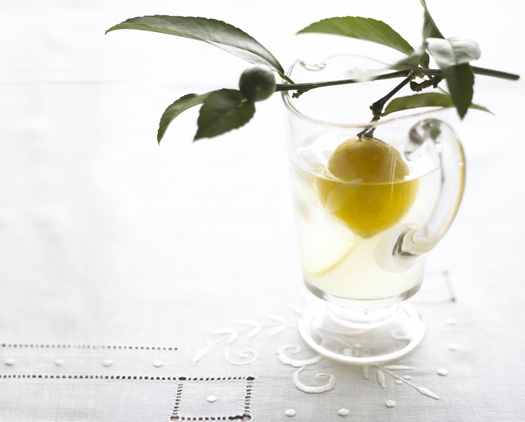
What are your 5 best tips for making a successful shot?
Have an assignment.
When working on a self-promotional shot, I find it’s easier to have some parameters, perhaps a recipe to start with. It can be very hard to do “whatever you want to do, as long as it’s the most beautiful shot in the worldâ€.
It is this pressure, which often prevents a test shot from being portfolio material.
It’s easy to have your head turned by every pretty vegetable at the market.
The tendency may also be to try to cram in to the shot every trick in the book (the textured crusty bread, with grill marks, the oozing cheese, the crumbs on the plate, the piece of parchment paper…). It doesn’t necessarily all add up to be an effective shot.
Keep it simple.
Don’t try too hard (easier said than done).
Often it’s best to plate food, throw down the napkin, or arrange the props the way you normally might, if you were serving your family, without thinking too, much, and then, make adjustments or do some problem solving from there.
If you find you’re efforting too much or really stuck, it may be useful to disrupt the pattern, by taking a walk around the block, turning up the music, screaming with all you might into a roll of paper towels… whatever will change the dynamic.
Collaborate.
The most exhilarating, and fruitful days come from those where a rich exchange occurs between the photographer and stylist. I invite comments and suggestions on the food, and appreciate the invitation to have some input on the light, focus and camera angle. When the light or focus looks really good, I make a point to complement the photographer, knowing I certainly appreciate encouraging words.
Now how many was that?
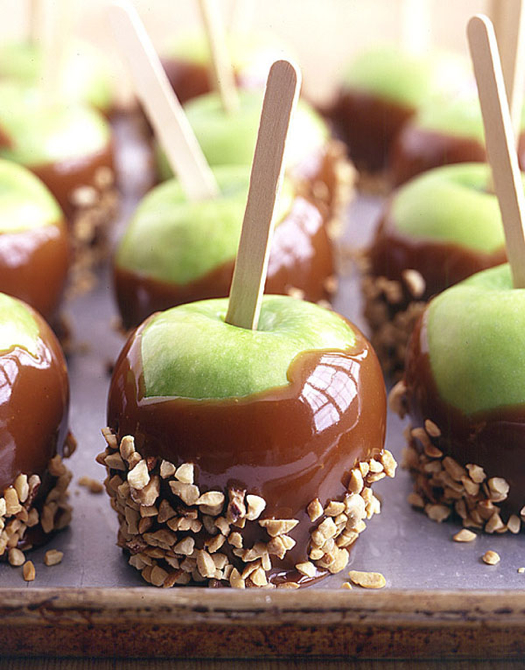
What is your most coveted tool on set? How about at home (and do you cook at home?)?
Chopsticks. I rely on them heavily for maneuvering both large pieces and flecks of food. Unlike with tweezers, I can even move a chunk of avacado without leaving an impression.
Even after a long day at a studio, I often surprise myself by cooking up some of the shoot leftovers, when I get home. Fortunately, there are also days when I return to my wife’s fine Japanese home cooking. Having a propane grill close to the kitchen is great, and saves having to clean a broiler pan.
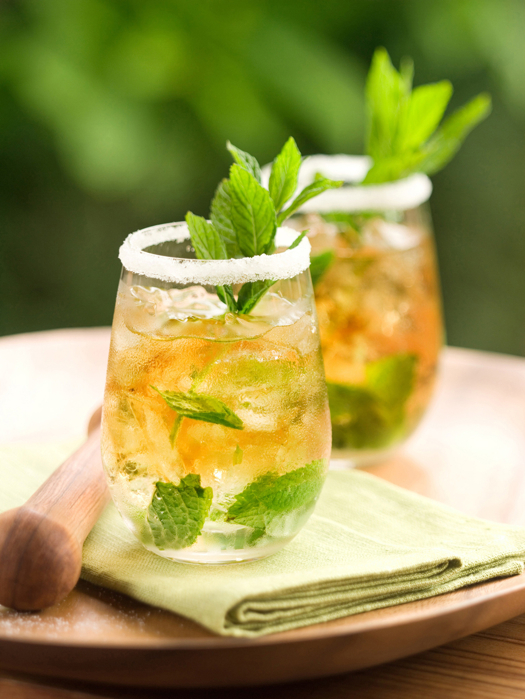
You claim to do a mean napkin fold… can you tell us about one or two of your favorite techniques?
If you can, choose a fabric that behaves well. Iron the napkin either folded or unfolded. Smooth flowing, crimp-free lines and topography look best. A single chopstick, again, is very helpful for training an edge to give it some subtle curve, and is also helpful for smoothing or popping out a dimple from the periphery.
What’s the most challenging thing you’ve had to style, and how did you do it?
Not too long ago, I did a Schlitz t.v. commercial that can be seen on my website, requiring the perfect beer pour. The huge motion camera, mounted on a dolly, and I guess using a very short lens, was right up against the table, and the beer bottle and glass were surrounded entirely by a fixed corral of plexi, making the set impossible to reach. With help from the crew, I screwed a plastic pitcher to a wooden pole, and was able to pour accurately with it using a stand and knuckle, acting as a bridge.
Some of my own self-inflicted projects also come to mind. There was the chocolate-dipped telephone, and the fully dressed and bronzed Thanksgiving turkey, cut open to reveal a profusion of metal gears, lights and stuff. I hollowed out one of the breasts of the raw bird, and spray painted the inside of the cavity with flat black paint to make the hollow appear more cave like, before adding the bells and whistles.
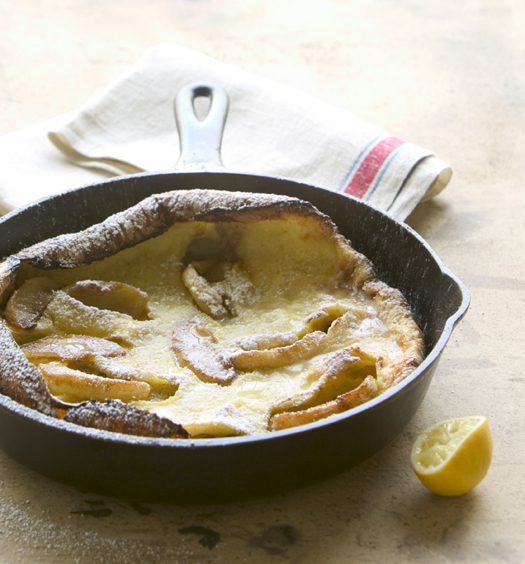
Do you ever get the urge to get behind the camera yourself?
I do still love taking food photographs for myself, and I’ve learned a lot from all of the brilliant people I’ve worked with over the years, but professional food photography jobs usually require a team, and I know where my strengths lie.
Do you read any food blogs? If so, what are some of your favorites?
I sincerely love yours, Lara, for it’s interesting and beautiful content, handsome design, and fun, light voice.
mattbites.com is another one, I recently discovered, that has all that going for it, too.
And finally, stolen from James Lipton: What is your favorite word in the English Language?
“What’s your availability” always has a nice ring to it.
Thank you Randy for sharing a little of yourself with us! (and no, I didn’t pay him to say he liked my blog<g>)
Fascinating! What an interesting job to have. The photos are gorgeous.
What a great insight into the world of Randy Mon, thank you!
I’ve worked with Randy numerous times. He’s an unusually humble and talented food stylist that I’ve ever work with. That is usually why I always love to use him, over and over. That guy is just amazing.
– Michael Soo
Photographer of the Year
http://www.soophotography.com
This interview made my brain go BZZZT… in the right way.. at least 4 times.
Thank you so much for this. This is so inspiring!!
what a great post! very informative and SO fun to read! and makes me realize how much more i could to to make my (very amateur) photos better!
A very interesting article. I’ve seen Randy Mon’s web site and it is gorgeous. Warning: you will want to eat something as soon as you’re finished.
I have had the pleasure to work countless days with Randy Mon over the years. He is a true professional in every sense. His wife is an amazing and very talented artist but I must also include Randy in that category as well.
Randy is my cousin. I wish he’d come to my house and make a beautiful meal for me!
Gee, I hope my mother doesn’t leave a comment, telling you what a good boy I was.
Randy rocks. He has an innate and impeccable design sense no matter what he applies it to.
Thank you for the opportunity to discover the work of such talented man.
Awesome pictures. I have worked in the Food Processing business for over 30 years. Now I would like to do something more challenging. I have done samples and some food styling prep for our Marketing & Advertising Photo Shoots. I loved it.
I am very interested in pursuing Food Stying. I have been trying to find a school or take classes in this type of work. I found your article and enjoyed it very much. I need to find out how to proceed in this new endeavor. I would appreciate your advice.
Thanks!
Your work is incredible and so inspiring, I currently am finishing culinary school and have come to the relization that the thing i enjoy the most in the classes is not the cooking but the plating and presentation. I have done various portfolios and cookbooks for school and have recieved rave reviews on the presentation and photos. I would like to know if it would be beneficial to add a photography major to my culinary degree? And also what make and model would you suggest in a slr camera? Oh and how do you get into the industry in the midwest, or is it more of a west/east coast job.
Beautiful work! I have been involved in food photography in the past (about 7 years ago) and it is a particularly exiting field for me. I am very familiar with the old techniques mentioned here, and also welcome the new approach to food photography.
I have relocated into the US (from Chile where i had my own studio) and am considering to set up studio again. Randy’s work is certainly a source of inspiration and possibly just what I needed to see to make up my mind for good.